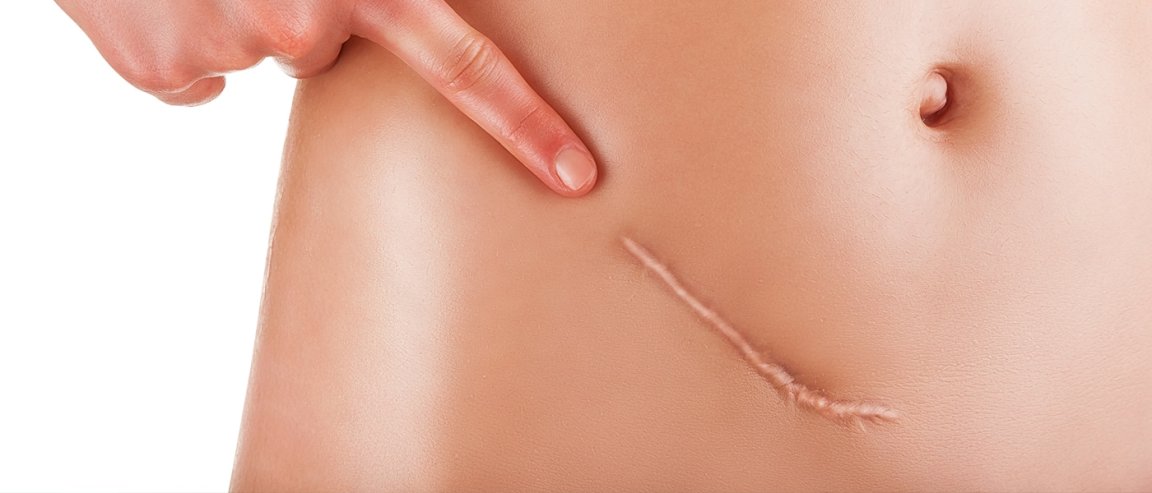
As If It Never Happened

The human body can do many impressive things. Despite years of evolution honing its capability to carry out the complicated mechanisms needed to ensure our survival, the body has not refined the process of healing skin. Sure, wounds inflicted on the body’s largest organ can heal, but we are left with scar tissue.
A team of scientists from the Perelman School of Medicine at the University of Pennsylvania however, believe they have found a way to do the previously impossible – allow skin to regenerate using fat cells.
According to Penn Medicine News:
Fat cells called adipocytes are normally found in the skin, but they’re lost when wounds heal as scars. The most common cells found in healing wounds are myofibroblasts, which were thought to only form a scar. Scar tissue also does not have any hair follicles associated with it, which is another factor that gives it an abnormal appearance from the rest of the skin. Researchers used these characteristics as the basis for their work – changing the already present myofibroblasts into fat cells that do not cause scarring.
“Essentially, we can manipulate wound healing so that it leads to skin regeneration rather than scarring,” said George Cotsarelis, MD, the chair of the Department of Dermatology and the Milton Bixler Hartzell Professor of Dermatology at Penn, and the principal investigator of the project. “The secret is to regenerate hair follicles first. After that, the fat will regenerate in response to the signals from those follicles.”
“The findings show we have a window of opportunity after wounding to influence the tissue to regenerate rather than scar,” said the study’s lead author Maksim Plikus, PhD, an assistant professor of Developmental and Cell Biology at the University of California, Irvine.
Window of Opportunity
The scientists just had to figure out where the signals were coming from. They eventually identified a factor called Bone Morphogenetic Protein which instructs the myofibroblasts to become fat. “Typically, myofibroblasts were thought to be incapable of becoming a different type of cell,” Cotsarelis said. “But our work shows we have the ability to influence these cells, and that they can be efficiently and stably converted into adipocytes.”
While the discovery is indeed impressive, it should be noted that the experiment is still in its early stages and serves only to demonstrate proof of concept.
Currently the process has only been proven to work in mice and human skin samples. Achieving hair follicle growth in a wound attached to a living human might prove to be more difficult. But should science find a way to do this, we may not have to worry about wounds leaving scars ever again.
Outside of obvious applications to prevent scarring, adipocyte loss is also a known side-effect of other medical conditions, including HIV treatments. The aging process leads to natural loss of these cells as well, which causes permanent wrinkling of the skin. These findings could pave the way for a safer, and possibly permanent, way to address these cosmetic concerns.